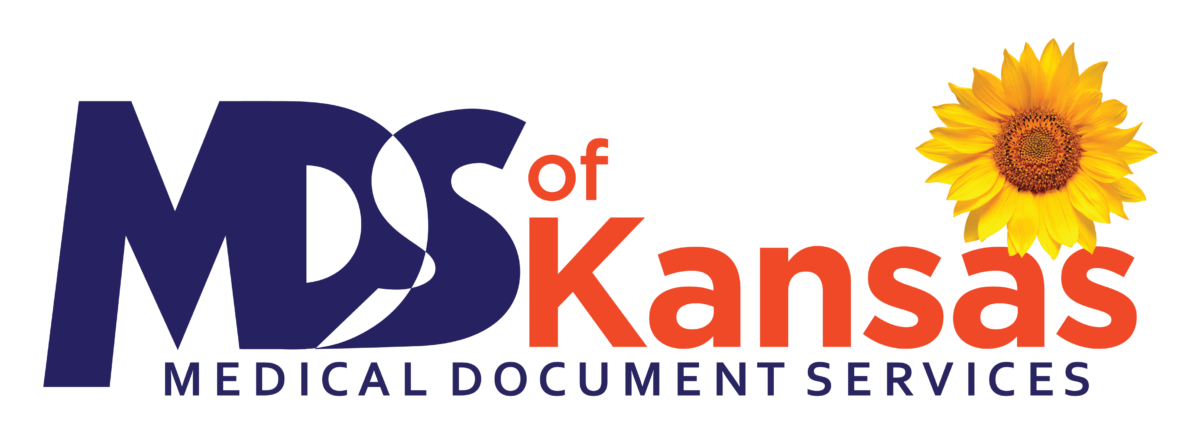If your office is entertaining SRT, let us help!
It is important to understand the difference between front-end Automatic Speech Recognition (ASR) and backend speech recognition. Front-end speech recognition generates text in real-time as you dictate, requiring full editing and finalization of the documents, oftentimes very time consuming for the physician and/or resulting in many errors. Front-end ASR should be coupled
with “a quality-focused and accountable [back end] solution powered by credentialed MTs.” Back-end speech recognition is a system that works behind the scenes with editing and proofing by credentialed documentation specialists, not observed or transparent to the dictator in the creation process. There are strong data supporting the effectiveness of the partnership between smart and accountable MTs (credentialed documentation specialists)
and busy clinicians. This particular article references errors in SRT when proper editing is not enforced. SPEECH RECOGNITION ERRORS. If you are going to use SRT, make sure you do not compromise the narrative history of the patients who have entrusted their care to you for so many years. Let us help. Who better, than those who have managed your dictation and medical record documentation for years?
